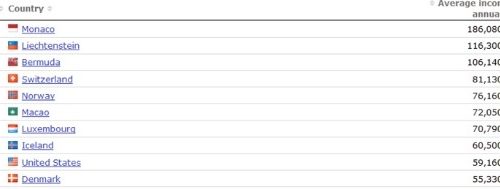How to Make BIG Life Decisions in 5 Easy Steps
I am reading this fabulous, faith-based book called What Does God Want?: A Practical Guide to Making Decisions by Father Michael Scanlan. I would highly recommend the book for anyone, including those who aren’t spiritual or who don’t typically consider a higher power when making a decision. The book lays out an excellent process on how to make a decision regardless of your faith ideals. This week, I thought I’d secularize the book a bit for everyone and then let you decide whether or not you’d like to read it.
Five Steps for Decision Making
- Is it morally good?
- Does it move me closer to my highest and best use?
- Is it consistent?
- What confirms it?
- What does my heart say?
Is it morally good?
The basis of this step is the conformity test. Does the proposed decision, commitment, or action fall in alignment with my moral values? The test will yield one of three conclusions:
- The decision, commitment, or action IS in alignment with my values and must be tested against the next steps.
- The proposed action does NOT conform to my moral values and should be rejected.
- The proposed decision or action is IN PART compatible with my moral values but is partly incompatible. More examination is needed.
Does it move me closer to my highest and best use?
Every decision we make throughout life and all the work we do should be moving us closer to our highest and best use. In the first step, we were looking at whether our decision matched our moral compass, but now the test is whether or not the decision brings us closer to our highest and best use.
In this step, we must analyze the decision to make sure that we are not making it in order to have more money, more power, or fame. The litmus test rather should be: will making this particular decision in my life bring more value and benefit to others while affording me a more productive and satisfying life? What “fruit” will come to bear?
Is it consistent?
The third step is the consistency test. When looking back at our lives – at the good and bad decisions we’ve made – there’s likely pattern to both. Particularly call to mind the good ones and, while considering the decision at hand, pose a few questions to yourself:
- Does this particular decision or action feel the same as past good decisions?
- Is it consistent with how I have dealt with things in the past?
- Is the cost, including negative effects, consistent with my established priority of values?
- Is my moral compass wavering and does this decision bring me further off course?
What confirms it?
In step 4 we make a tentative decision and do our best to seek confirmation for it prior to finalizing it. While it’s true that we each make our own decisions, we rarely make them in a vacuum; there is almost always someone available for counsel, and in some cases, the decisions require the consent of others. Sometimes, too, it’s necessary to seek a degree of consensus about a decision, especially from those whose lives will be affected by it. The bigger the decision, the more important it is to consult broadly and extensively with those that know us best and that we trust. This will provide the external confirmation we need to have confidence in taking this discerned step.
Post-decision we often receive signs or direct results that further confirms that we made the right decision. In some cases negative results occur immediately, allowing for us to quickly reverse our decision.
What does my heart say?
The final step or test of a decision is our inner conviction that a course of action is indeed the right one. Some often refer to this as the “gut check”. It is quite typical to go through a lengthy process of discerning a decision, feel confident about that decision, but still be bothered by anxiety and fear. That’s okay as long as we have a sense of inner conviction beneath the surface turmoil, especially when anxiety and fear are our typical responses when we’ve made good decisions historically. Deep down what is your heart telling you?
**Action:
- Identify the biggest decisions in your life, both successful and unsuccessful.
- Do an internal analysis to determine what process (if any) you followed previously and if that process resembles any of the steps described above.
- Do you have a decision pending? Utilize the steps above to address it. Would love to hear if these steps were helpful to you. Shoot me an email.**


